We may receive a commission when you use our affiliate links. However, this does not impact our recommendations.
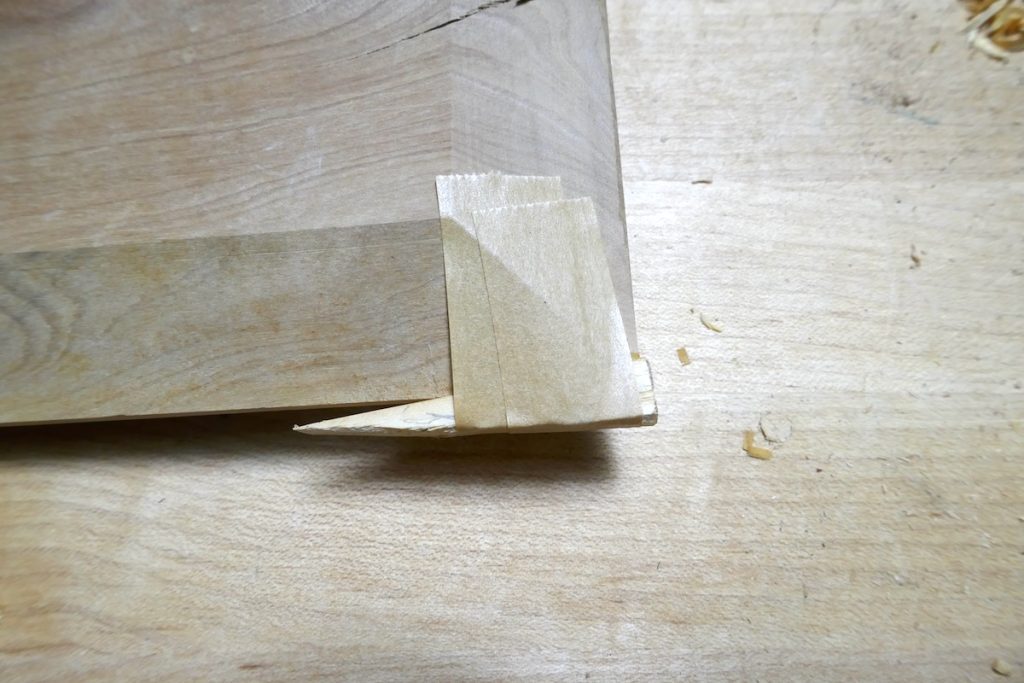 Most of the clamps in our woodworking arsenal are designed to produce tons of pressure per square inch. While we use them to hold pieces over the workbench, close joints, or keep glued parts from moving while the glue dries, these heavy cast iron (or steel) clamps are not very handy when dealing with narrow or delicate parts. Leathers, conservers, and restorers who work with fragile parts and refrain from applying too much pressure while assembling their projects have more gentle ways for clamping, and I found some of them very helpful in my shop too.
Most of the clamps in our woodworking arsenal are designed to produce tons of pressure per square inch. While we use them to hold pieces over the workbench, close joints, or keep glued parts from moving while the glue dries, these heavy cast iron (or steel) clamps are not very handy when dealing with narrow or delicate parts. Leathers, conservers, and restorers who work with fragile parts and refrain from applying too much pressure while assembling their projects have more gentle ways for clamping, and I found some of them very helpful in my shop too.
Recently I had to glue a narrow, short piece of wood to a box lid that a former student of mine built. The lid’s corner broke off and got lost, so I decided to add a new piece instead of the missing one. The problem was that the thin and delicate piece could not be conveniently clamped using a bar or an F-Camp. I could have used a parallel clamp, but I needed to gain maximum control over the process, and the formidable pressure produced by a big and heavy clamp was just too awkward to handle.
I took this gluing opportunity to demonstrate some of the light clamping options at our disposal in hope that they will be of help the next time a delicate clamping situation requires an effective resolution.
The masking tape approach
Masking tape can be a very effective clamp. I bought this brown binding masking tape from Stewmac luthiers shop and have been using it successfully for a few years now. Unlike a typical masking tape, this brown tape is made tougher and is endowed with very strong glue. By the way, Scotch green masking tape is an excellent alternative.
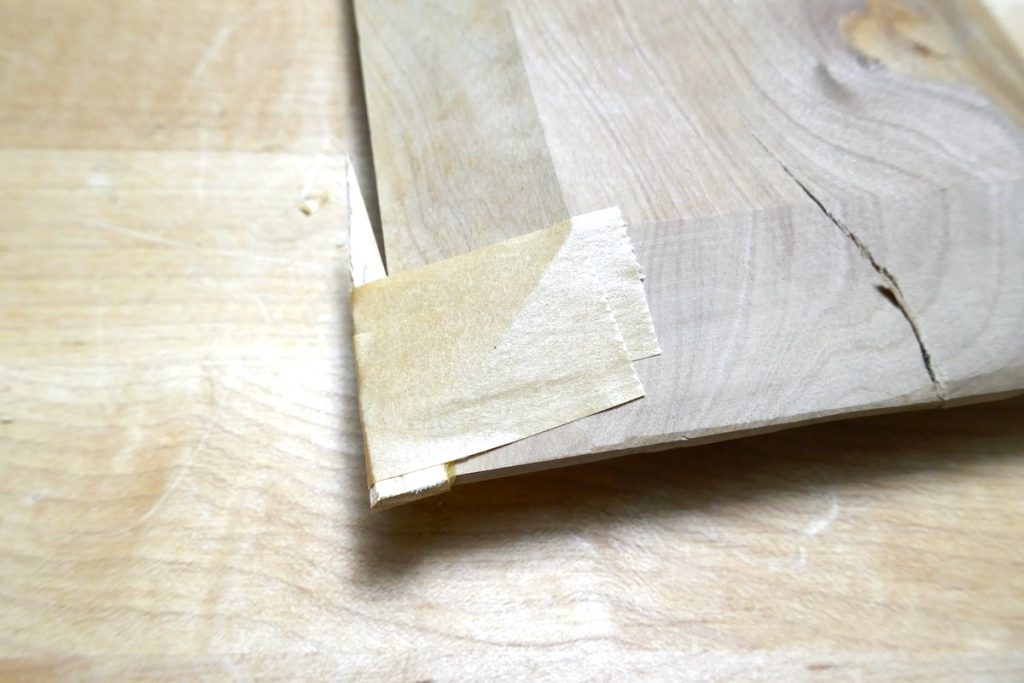
Wooded Cam Clamp
This clamp produces low to medium pressure and is fun to use. Its cam mechanism offers much control and advances the clamping jaw without any twist – which is so common in screw mechanisms. When a clamp such as an F or a C clamp is put into action on a narrow workpiece, the swiveling pad can slip out of its clamping location – which is very annoying – therefore, only a parallel clamp such as this one should be used.
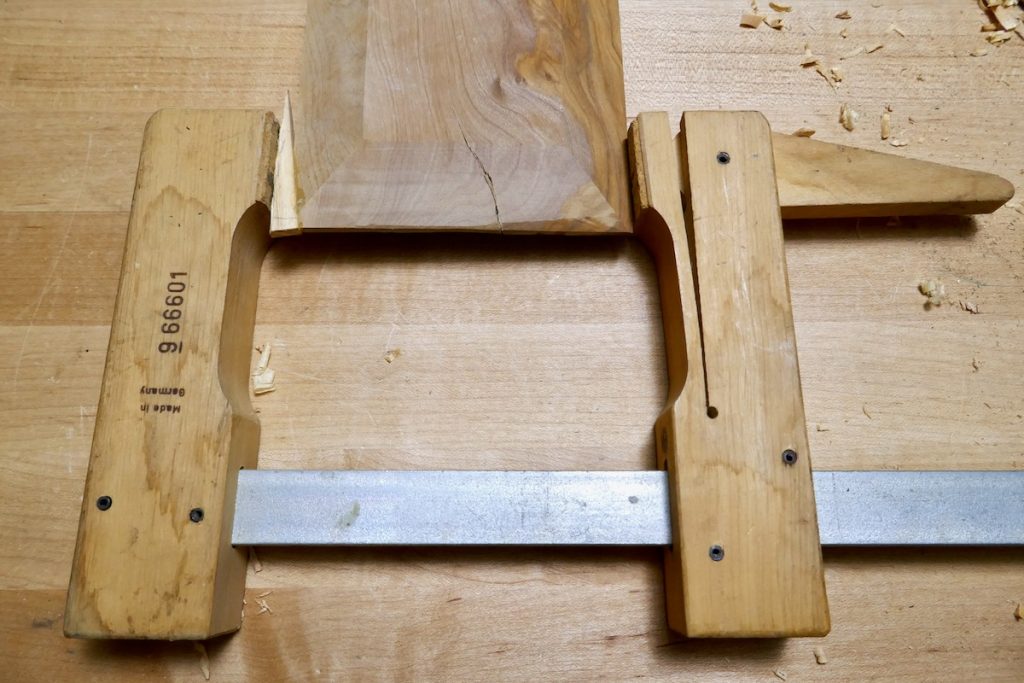
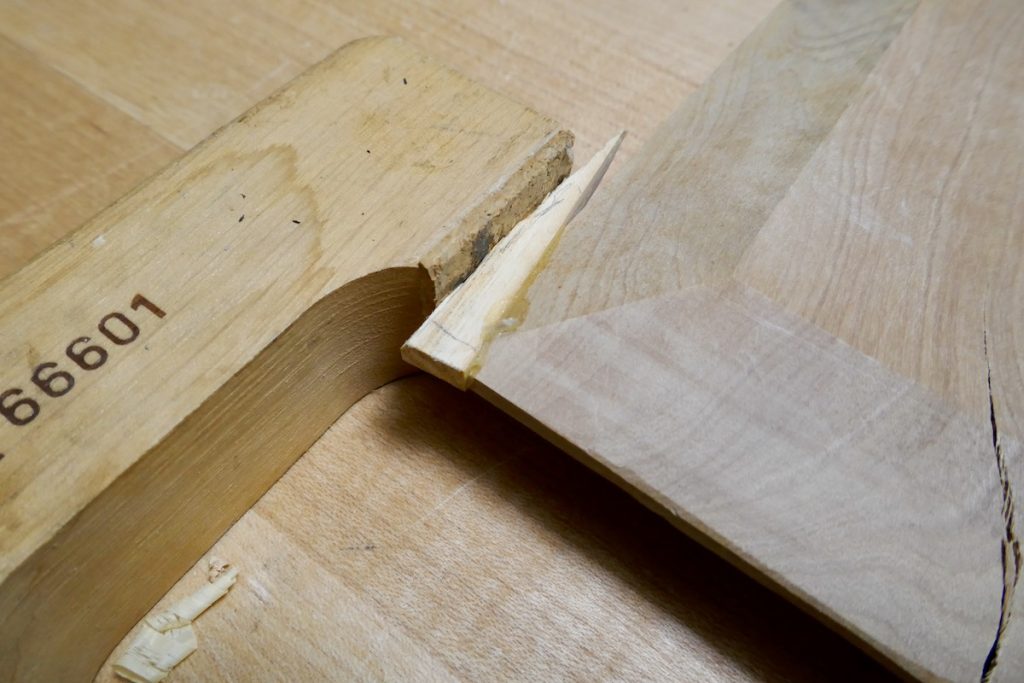
Japanese mini bar clamps
These brass-made bar clamps are light and will not weigh down too much on delicate parts. In addition, their screw transfers the pressure onto a moving jaw that will not twist or swivel – an important advantage, as mentioned above.
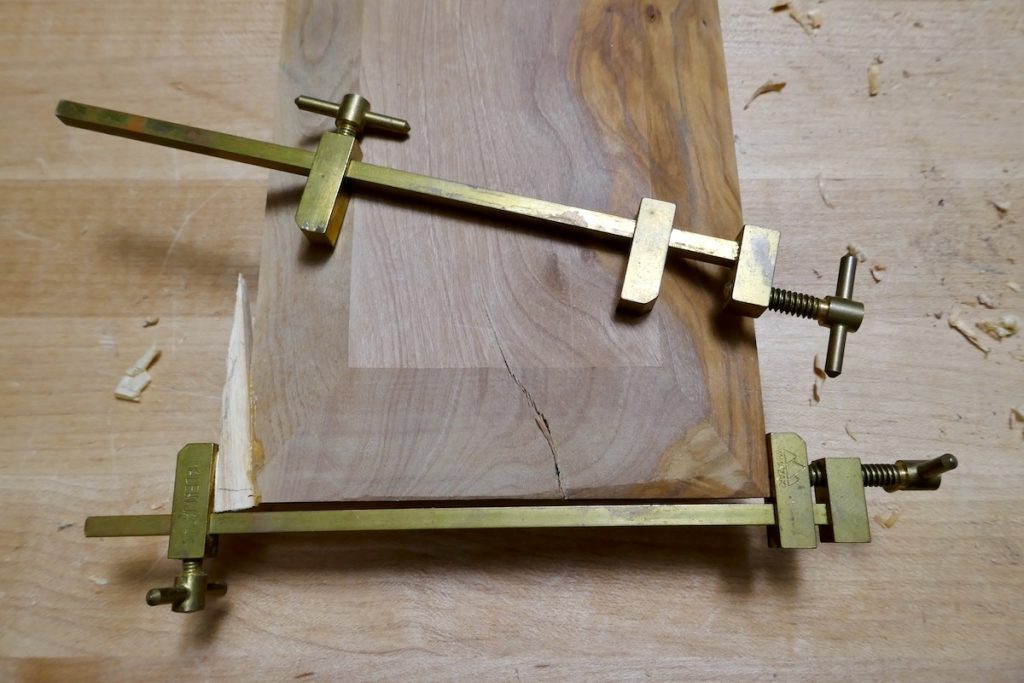
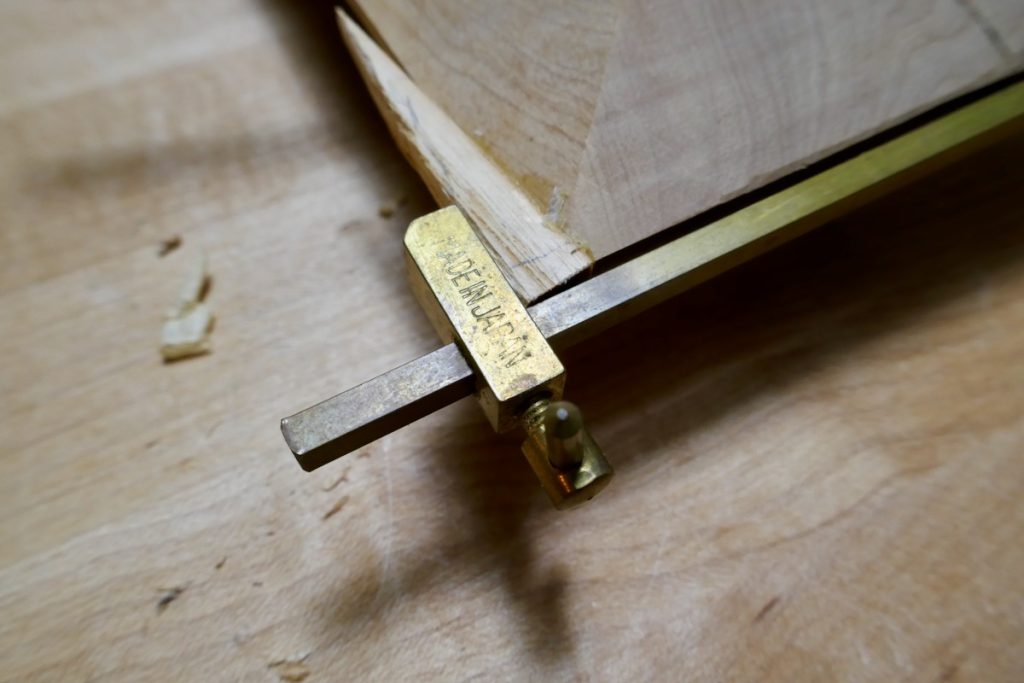
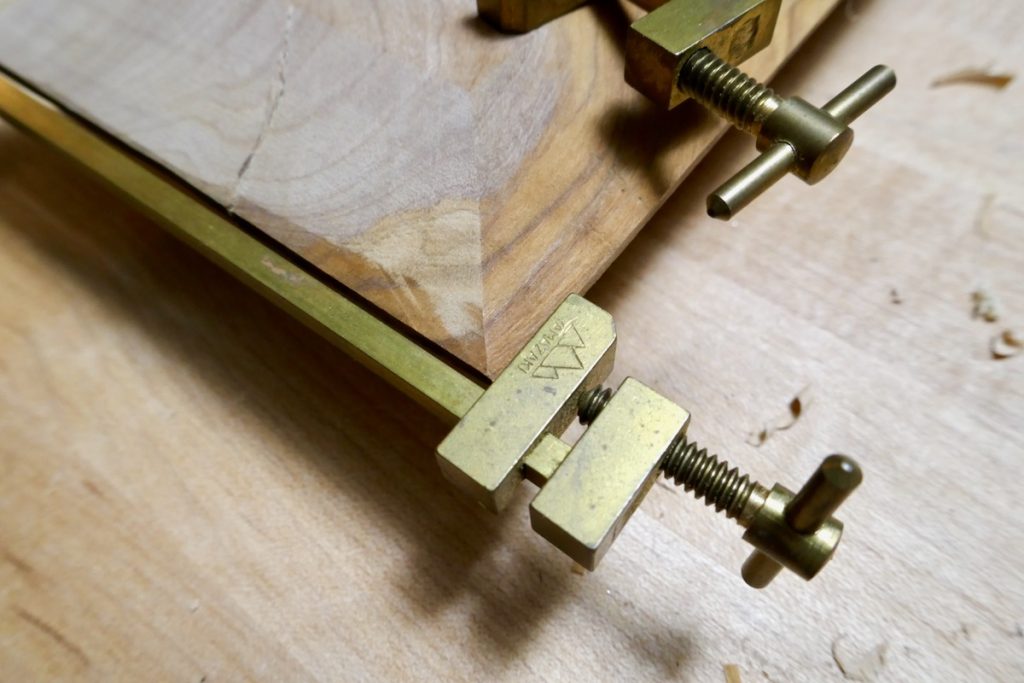
By the way, heftier Japanese steel bar clamps, for more demanding clamping jobs in tight situations, are also available. These stronger steel clamps are chrome plated to repel corrosion and are a joy to use.
Here are some supplies and tools we find essential in our everyday work around the shop. We may receive a commission from sales referred by our links; however, we have carefully selected these products for their usefulness and quality.








